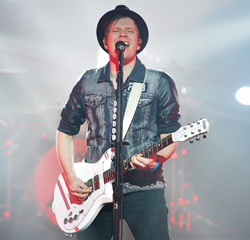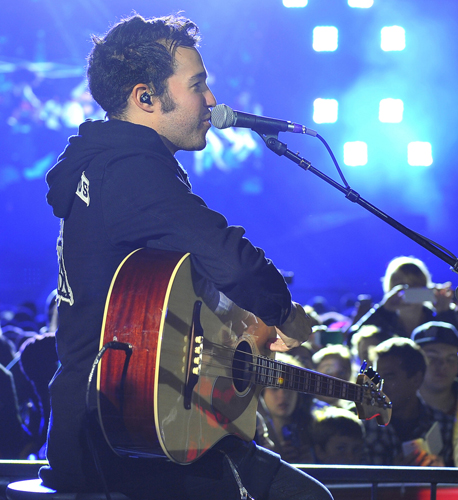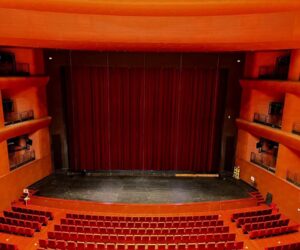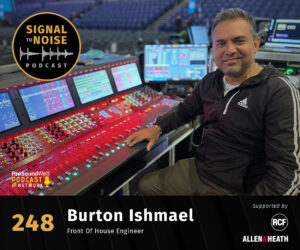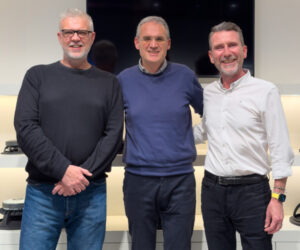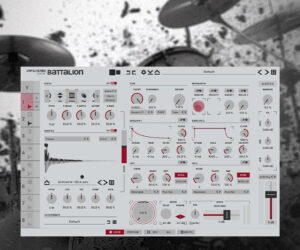Fall Out Boy is back, and as this year’s recently concluded months-long concert tour demonstrated, the American rock/punk quartet is more popular than ever. The tour comes following the band reuniting after going on a hiatus, in advance of the release of its sixth studio album, American Beauty/American Psycho.
Originating in Chicago’s punk scene, Fall Out Boy formed in 2001 and is still comprised of original members Patrick Stump (guitar), Pete Wentz (bass), Joe Trohman (guitar), and Andy Hurley (drums). All players contribute vocals, with Stump taking the lead role in that regard.
In the process of reuniting, the band also sought to reinvent its sound, focusing a bit more on a pop style. Two veteran touring engineers were on hand to support that effort: Chad Olech (Alice in Chains, Deftones, P.O.D., Thin Lizzy) at front of house and Pasi Hara (System of A Down, Slash, HIM, Serj Tankian) at monitors. And as with all previous Fall Out Boy tours, Clair provided the systems and tech support.
Olech’s been working with the band for more than a year, and he called in Finland-based Hara to handle monitors while the tour was in Europe. Both agree that it’s a great group to work with, and that the mantra, shared by the artists, is to keep things straightforward.
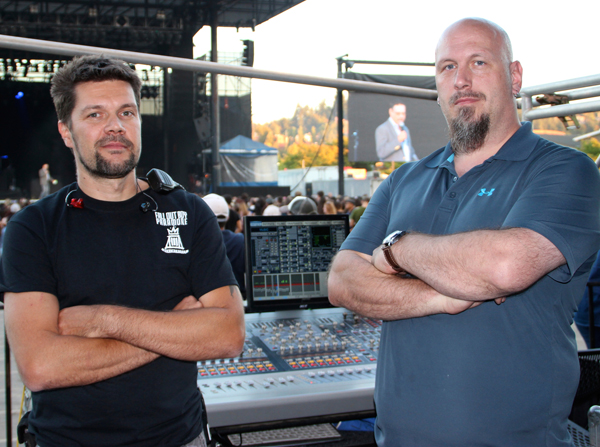
Methods Of Capture
A long-time staple of Fall Out Boy’s gear approach is Shure microphones and wireless systems, and that continues. Stump utilized a KSM9 capsule in tandem with a UHF-R wireless system, which he’d switched to prior to Olech and Hara coming onboard. Despite that, the two engineers worked with him in evaluating several other options, but they all kept coming back to the KSM9.
“This mic works well with Patrick’s tonality,” Olech explains. “He has a pretty strong upper-midrange voice that the KSM9 fully captures,” with Hara adding, “In my experience there aren’t many people that this mic does not work well with. The KSM9 is a really, really good microphone.”
As they’ve done for years, Wentz and Trohman sang into hard-wired SM58s, while drummer Hurley was supplied with a BETA 56A supercardioid dynamic that works with his vocal signature while being compact and unobtrusive, mounted on a boom with a gooseneck for extra control of positioning.
A relatively new development was that the guitar amps were miked – previously they had been taken direct. Initially this was handled with KSM32 side-address cardioid condensers before a transition to KSM313 bi-directional ribbons that everyone was quite pleased with.


